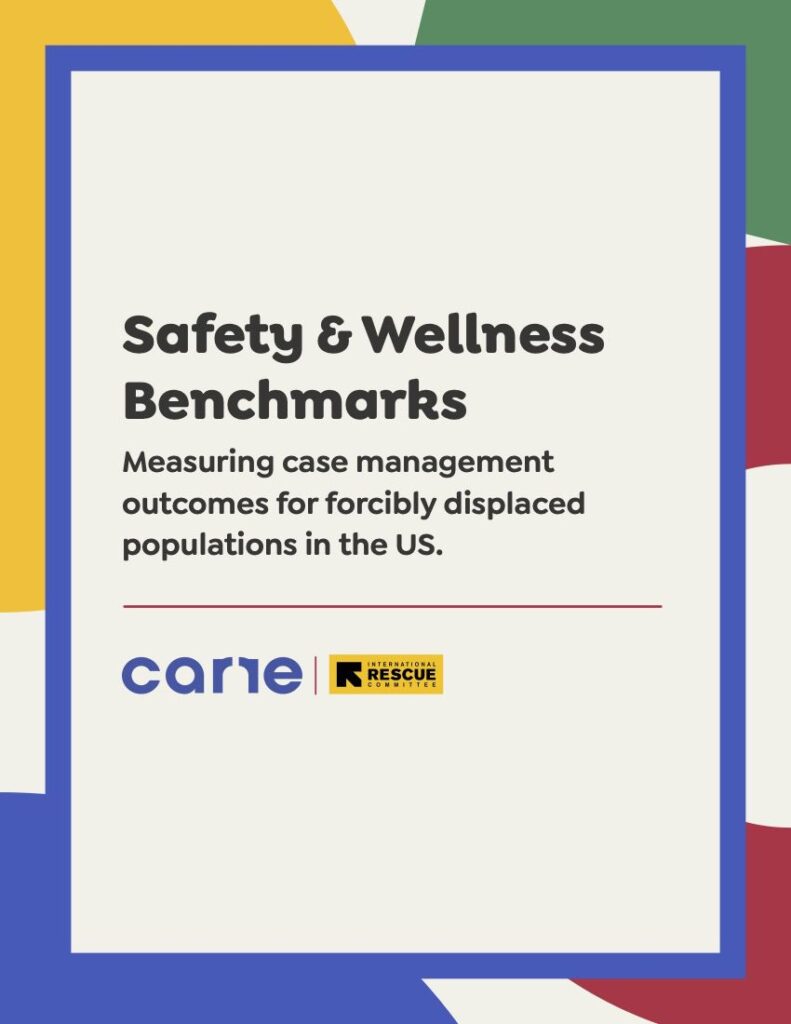The Safety & Wellness Benchmarks are a compilation of 15 individual scales that measure observable change during the provision of case management for forcibly displaced populations in the United States.
The Benchmarks are a case management tool to document progress towards client well-being and goals. They are also meant to be used as a tool to help caseworkers in the process of assessing for needs, identifying strengths and resources, setting goals, and providing resources and services. The Benchmarks are applicable to case management programs that aim to improve outcomes related to safety, health, economic well-being, education, and power for clients over a specified period that is at least six months in duration.
This can include case management programs that serve:
- Survivors of Crime, Torture, and/or Trafficking
- Asylum-Seekers
- Unaccompanied Minors
- Individuals in Intensive Case Management (Preferred Communities Grant)
The Benchmarks are meant to be used at least two times:
- At the onset of case management as a part of intake and assessment, and
- At six-month intervals from intake, and
- At case closing.
For longer case management programs, the benchmarks can be used at six-month intervals from intake. The Benchmarks may also be used at times of significant change, for example, global events like pandemics, or localized events such as natural disasters. They can help to understand changing needs for individuals and to systematically document changes in stability for groups of clients at pivotal moments in time.







